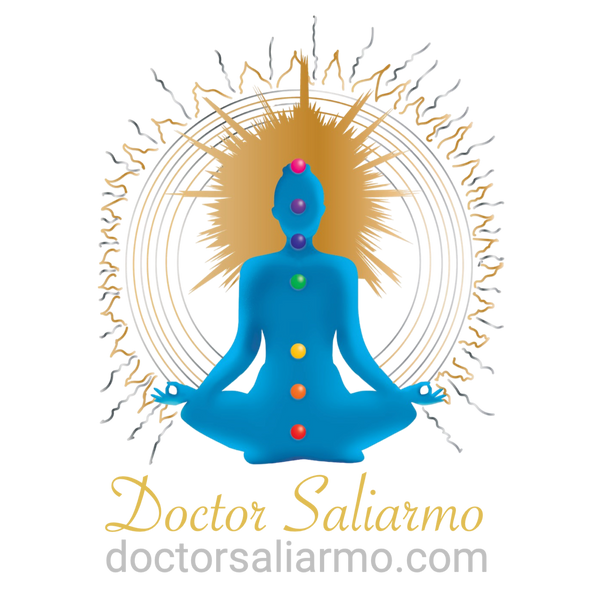"Cobalt is an essential trace element for the human body and can occur in organic and inorganic forms. The organic form is a necessary component of vitamin B12 and plays a very important role in the formation of amino acids and some proteins in nerve cells, and in the creation of neurotransmitters that are essential for the correct functioning of the body. Their excess or deficiency will have an unfavorable influence on it. Cobalt salts have been applied in medicine in the treatment of anemia, as well as in sports as an attractive alternative to traditional blood doping. Inorganic forms of cobalt present in the form of ions are toxic to the human body and the longer they are stored in the body, the more changes they cause in the cells. Cobalt enters the body in several ways: firstly , with food; secondly, through the respiratory system; thirdly, through the skin; and finally, as a component of biomaterials. Cobalt and its alloys are fundamental components in orthopedic implants and have been used for about 40 years. Metal corrosion is the main problem in implant construction. These released metal ions can cause type IV inflammatory and hypersensitivity reactions, and alterations in bone modeling leading to aseptic loosening and implant failure. Cobalt ions released from the implant surface are taken up by the macrophages present, which are involved in many of the processes associated with the phagocytosis of orthopedic biomaterial particles and release proinflammatory mediators such as interleukin-1 (IL-1), interleukin-1 (IL-1), 1 6 (IL-6), tumor necrosis factor α (TNF-α) and prostaglandin" [1].
Cobalt is necessary in the absorption and utilization process of Vitamin B12. Therefore, the administration of Cobalt in many stages of anemia due to Vitamin B12 deficiency improves general weakness, drowsiness and chronic fatigue syndromes. Cobalt is also used in cases of abdominal pain, spasms of the arteries or veins, high blood pressure and in some cases of allergies and migraines [2].
"In general, the risk of acquiring cobalt toxicity from the environment is relatively low due to the minuscule amount of cobalt present. High-risk occupational exposures include those people who work in the mining, smelting, and metal refining industries. Additionally, cobalt poisoning can be seen as a result of super alloys in orthopedic implants, ionizing radiation, occupational exposure and rarely as a foam stabilizer in beer. Cobalt poisoning can manifest itself by a wide range of systemic effects. When evaluating cardiomyopathy or interstitial lung disease, especially in patients with a history of occupational exposure or who received hip or knee replacements where a cobalt-containing alloy was used as a graft, the possibility of systemic cobalt poisoning should always be considered and an investigation should be performed. study" [3].
A quick way to detect the concentrations of trace elements in our body is by taking a hair sample and sending it to a specialized center to study the amount of trace elements present in them. However, it is a high-cost exam because it generally has to be sent to the United States, particularly to Phoenix, Arizona, to the Dr. Larry Wilson Center.
If cobalt levels are very low, we recommend administration of homeopathic cobalt salts .
If, on the other hand, cobalt levels turn out to be high, as in the case of cobalt poisoning, we recommend Causticum Complex .
References
[1] Czarnek, K., Terpiłowska, S., & Siwicki, A. (2015). Review paper: Selected aspects of the action of cobalt ions in the human body. Central European Journal of Immunology, 40(2), 236-242. https://doi.org/10.5114/ceji.2015.52837
[2] Insignares Carrione, E. (2012). Practical Manual of Homeopathic Therapy . (Tenth edition). Bogota, Colombia: Magnofarma
[3] Sheikh, I. (2016). Cobalt poisoning: A comprehensive review of the literature. Med. Toxicol. Clin. Forensics. Med , 2 (2).
Image
Routes of entry of cobalt ions into the body taken from [1]

